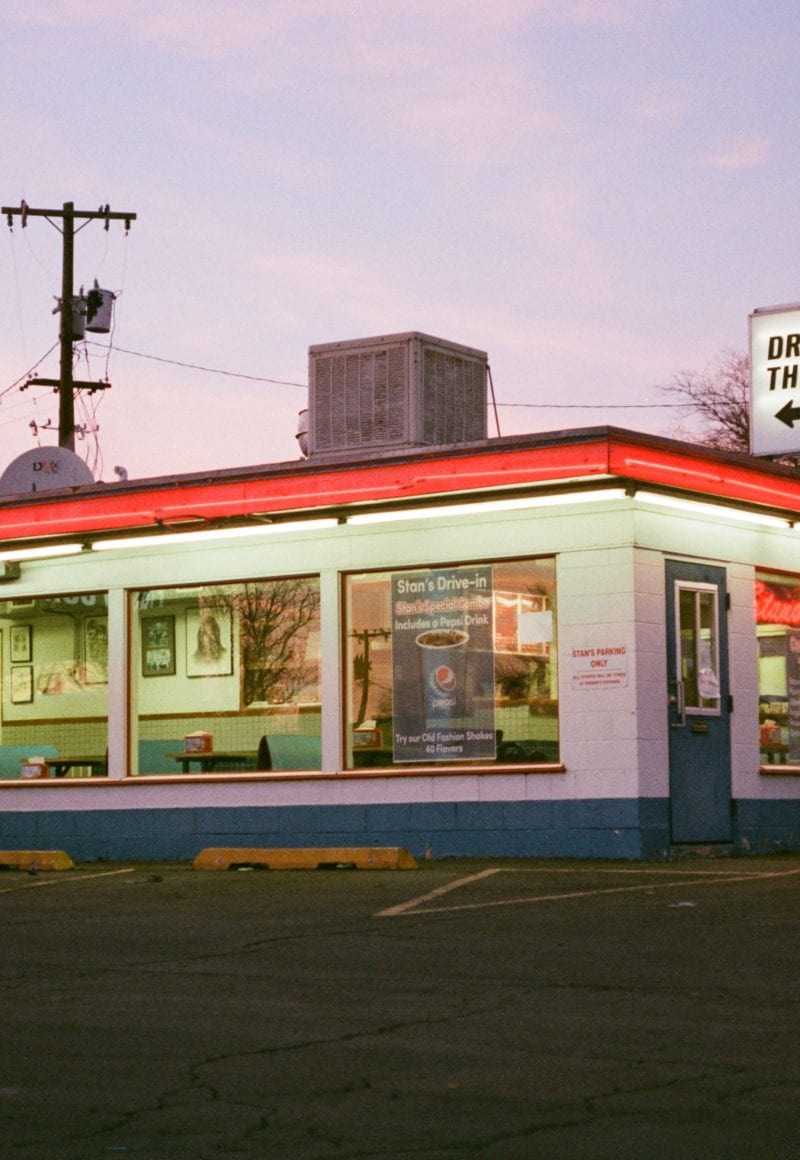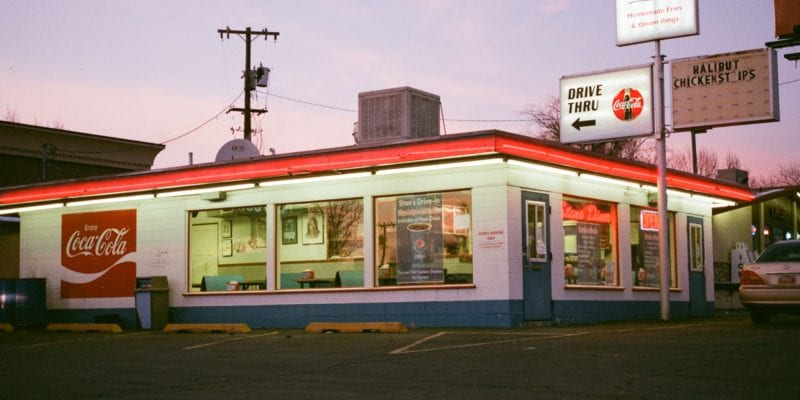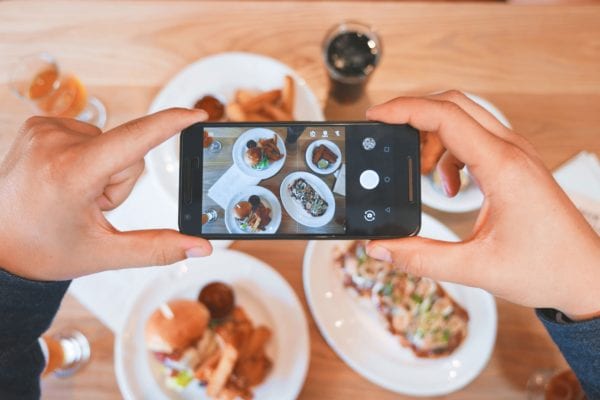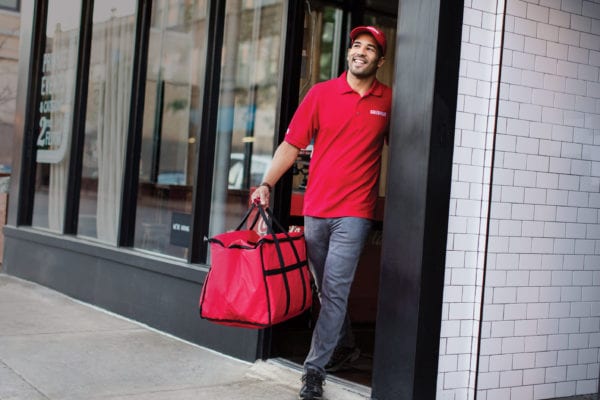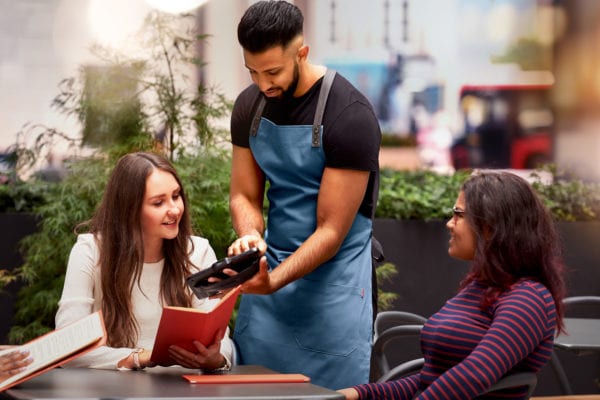Skift Take
Digital technology has caused such an evolution in the restaurant industry that even official channels like the National Restaurant Association are modifying how they look at the industry.
— Kristen Hawley
Digital technology is changing what makes a restaurant a restaurant, according to Hudson Riehle, senior vice president, research and knowledge group at the National Restaurant Association (NRA).
Delivery, drive-thru, and takeout make up 63 percent of all restaurant traffic in 2019, according to Riehle. Thanks to the mass adoption of conveniences like these, the NRA now thinks about the industry in terms of “points of access,” not restaurant locations.
“The basic paradigm of what constitutes a restaurant in America is changing, and will continue to evolve in the years ahead,” said Riehle, citing delivery-only operations, which feature a storefront but no dining room, as an example.
This is all according to the NRA’s latest State of the Industry report, released this week. In addition to mirroring customer sentiment about the growing popularity of restaurant delivery, it also contains insight into how restaurants can best take advantage of other consumer-facing technology.
Get the Basics Right
According to the report, over 80 percent of restaurant operators believe the use of technology provides a competitive advantage — and operators know it. “Our research shows that this year overall restaurant operators are allocating a greater part of their budget towards technology,” said Riehle.
Thanks to online giants like Google, which nearly dominates local discovery online, and the ubiquity of smartphones and other mobile technology, consumers are conditioned to turn immediately to the internet for information. This, perhaps the most basic interaction that a diner — or potential diner — can have with a restaurant’s information, is a powerful inflection point for restaurants to reach consumers.
“When we talk to operators now we have to cite how important it is that the basic information that appears on a search engine be timely and accurate,” Riehle said.
Seven in 10 consumers go online to view a restaurant menu, and nearly two thirds look up location information, hours, or directions online. This is good news for so-called “super apps” like Google Maps, which build in this basic information to its search results. Google also layers actions like reservations into maps software, helping to convert online searchers to restaurant customers.
Customers want a restaurant’s offerings to be front and center, too. Six in 10 adults say being able to view a menu online makes them more likely to choose one restaurant over another.
Predictably, the lowest rates of engagement come from the newest technologies. Seventeen percent of respondents used a mobile payments platform at a restaurant during the past year, while 9 percent say they ordered takeout or delivery using a voice-enabled platform like Amazon’s Alexa or Apple’s Siri.
And here’s a surprise: just 19 percent of adults said they followed or interacted with a restaurant on a social media platform like Facebook, Instagram, or Twitter in the last year.
The Promise of Off-Premise
Still, perhaps the most marked change in the industry has to deal with technology surrounding delivery and takeout. Nearly four in 10 operators from fast food to fine dining plan to invest more in expanding their off-premise business this year. In fact, fewer than one in 10 restaurant operators surveyed saw declining delivery sales. That number decreases to fewer than one in 20 operators who saw declining takeout sales.
“The rapid growth of delivery which is enabled by these new technologies, will only continue to march ahead,” said Riehle.

